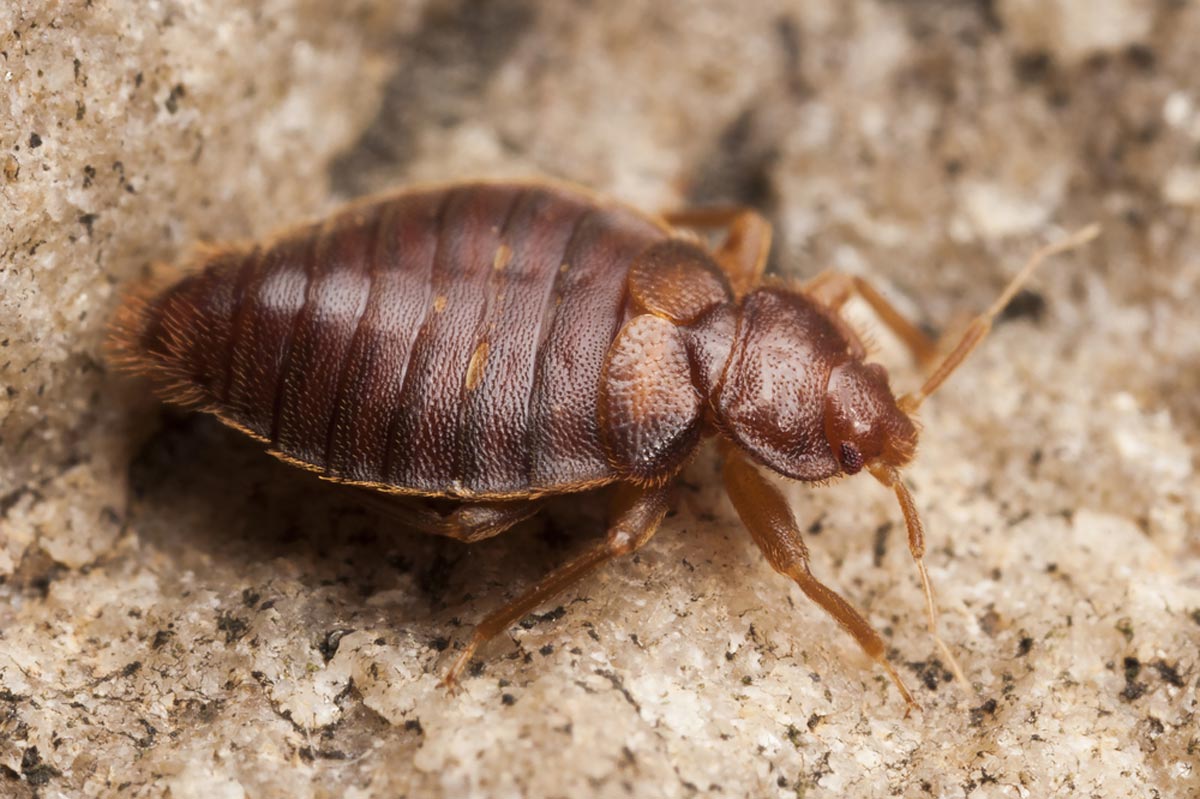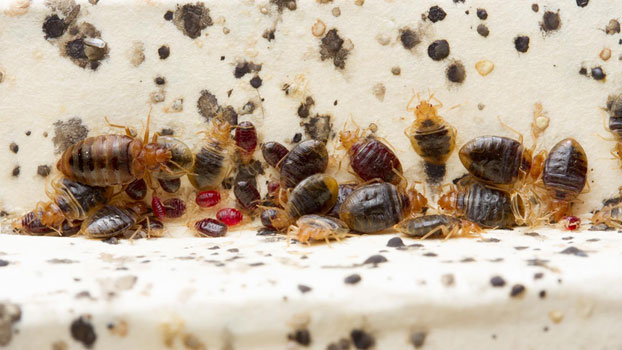Insect Control Provider Demystified: The Scientific Research Behind Eliminating Insects and Pests
Behind the apparently regular job of removing parasites exists an interesting world of scientific concepts and methodologies that drive the procedure of bug management. From understanding the intricate habits patterns of pests to utilizing cutting-edge innovations for their elimination, the realm of insect control runs on a structure of understanding that expands far beyond merely getting rid of undesirable trespassers.
Bug Actions Evaluation
Checking out parasite behavior is crucial in creating reliable bug control strategies for both business and property setups. By understanding the habits and patterns of parasites, pest control experts can execute targeted and effective solutions to remove problems. One essential aspect of bug habits evaluation is recognizing the details variables that draw in pests to a particular area. This might consist of access to food sources, water, sanctuary, or beneficial ecological conditions. For instance, some parasites are drawn to areas with high wetness degrees, while others are attracted to waste or organic matter.
Furthermore, studying parasite habits aids in identifying one of the most appropriate methods of bug control. Different pests might need different methods, such as chemical, capturing, or baiting treatments. As an example, knowing that a particular kind of parasite is mainly active in the evening can assist in scheduling therapies for optimum performance. Generally, an extensive analysis of parasite habits is crucial for developing customized pest monitoring plans that are both highly efficient and environmentally friendly.
Integrated Insect Administration Strategies
Integrated Bug Monitoring Techniques include extensive strategies that use a combination of safety nets, organic controls, and monitoring to successfully handle pest populations. Preventive measures intend to remove aspects that draw in pests, such as food and water resources, by applying appropriate cleanliness practices. This consists of securing cracks and holes, dealing with leaks, and saving food in closed containers. Biological controls involve presenting natural killers or parasites to regulate pest populaces, reducing the requirement for chemical pesticides. Releasing ladybugs to prey on aphids in a garden is a typical biological control method. Monitoring plays a crucial role in Integrated Pest Administration by routinely checking and recognizing pest populations to identify one of the most suitable control approaches. By utilizing a mix of these techniques, insect control solutions can decrease the ecological effect of bug administration while efficiently reducing pest populaces in a sustainable way.
Eco-Friendly Insect Control Solutions
With a concentrate on sustainability and ecological awareness, environmentally friendly parasite control services use a all-natural and effective choice to typical chemical pesticides. These techniques focus on the usage of safe ingredients obtained from plants, minerals, or various other natural sources to battle pest infestations without triggering harm to the environment, people, or non-targeted species.
One popular green approach is biological bug control, which involves introducing natural killers, bloodsuckers, or virus to take care of pest populaces. By harnessing the power of nature's own checks and equilibriums, this method can efficiently regulate insects without the need for hazardous chemicals. Additionally, herb pesticides acquired from plants like garlic, pyrethrum, and neem have revealed assurance in driving away or eliminating insects while remaining risk-free for valuable bugs and pets.
Moreover, environmentally friendly bug control solutions often concentrate on precautionary actions such as sealing entry points, removing food and water sources, and maintaining appropriate sanitation to deter bugs from infesting buildings. By incorporating these sustainable methods, bug control solutions can properly get rid of bugs while reducing environmental effect.

Function of Modern Technology in Parasite Elimination
Modern improvements in technology have revolutionized the area of pest removal, boosting important site the efficiency and effectiveness of pest control solutions. The combination of innovation in pest management has significantly boosted the precision of pest detection, enabling for targeted treatment techniques. One of the crucial technological tools in parasite control is the use of remote tracking tools, such as sensing units and cams, which help in determining parasite hotspots and monitoring pest activities. These devices give real-time information, making it possible for pest control specialists to make enlightened decisions rapidly.
Additionally, the advancement of green chemicals and lures that are a Web Site lot more targeted towards certain bugs has actually been made feasible through technological improvements. This targeted strategy reduces the total use of chemicals, reducing environmental influence while effectively taking care of pest populaces. Furthermore, the use of drones for airborne studies and targeted pesticide application in hard-to-reach areas has streamlined parasite control operations.

Significance of Regular Parasite Inspections
Routine pest assessments are essential for keeping a pest-free setting and avoiding problems from taking hold - philly best pest control philadelphia bed bugs. By conducting normal assessments, residential or commercial property proprietors can discover parasite issues beforehand, permitting swift and targeted interventions to remove the insects prior to they replicate and spread out. These evaluations provide a chance to recognize potential entry factors where bugs can penetrate the properties, making it possible for proactive actions to seal off these access points and stop future invasions
Moreover, routine bug assessments can help secure the health and wellness of owners by making sure that the setting remains without disease-carrying pests and irritants. Early discovery of pests like rats, roaches, or bed insects can avoid health risks linked with their visibility, such as allergies, contamination of food and water sources, or the transmission of conditions.
Along with shielding human wellness, normal parasite inspections are important for preserving the architectural stability of buildings. Certain bugs, such as termites, can cause substantial damages to wooden frameworks if left unattended. Through regular examinations, homeowner can identify termite invasions early and execute measures to stop costly structural fixings.
Conclusion

Examining pest behavior is important in creating efficient insect control strategies for both commercial and household settings.Integrated Bug Monitoring Techniques involve comprehensive techniques that use a combination of precautionary measures, organic controls, and keeping an flea control eye on to successfully manage insect populations. By making use of a combination of these methods, parasite control services can decrease the ecological influence of bug monitoring while successfully lowering pest populations in a lasting way.
One of the vital technical tools in pest control is the use of remote monitoring devices, such as sensing units and cams, which assist in recognizing pest hotspots and monitoring bug motions (philly pest control philadelphia bed bugs).In conclusion, recognizing pest habits, carrying out integrated insect administration strategies, using eco-friendly solutions, integrating modern technology, and carrying out routine evaluations are important parts in efficiently eliminating insects